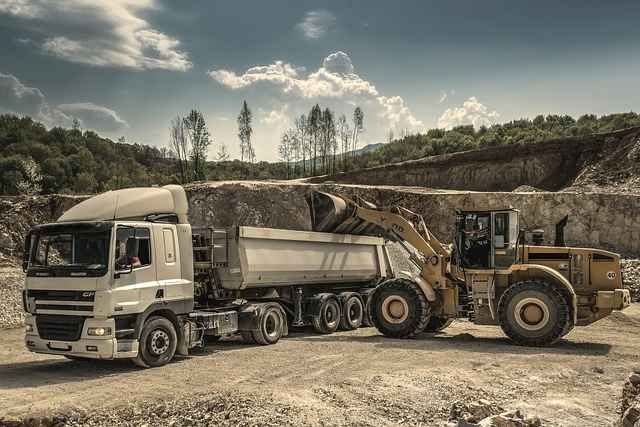
Soil compaction
Published on
Average Read time: 1 minute 54 seconds
Soil compaction refers to the reduction of pore spaces between soil particles, resulting in denser soil with reduced permeability and aeration. Assessing soil compaction levels is crucial for determining the soil's ability to support structural loads and foundations, as well as for preventing settlement issues in built environments. Here's how soil compaction assessment and management contribute to construction and development:
Site Investigation: Before construction begins, soil compaction levels are assessed through field tests and laboratory analysis. This involves measuring parameters such as soil density, moisture content, and compaction characteristics using tools like penetrometers, cone penetrometers, or nuclear density gauges.
Compaction Specifications: Construction projects typically have compaction specifications that define the required level of soil compaction for different types of soil and intended land use. These specifications ensure that soil beneath foundations, roads, and other structures can support the anticipated loads without excessive settlement or instability.
Compaction Methods: Various compaction methods may be used to achieve the desired soil density, depending on site conditions and project requirements. Common compaction techniques include mechanical compaction with rollers or vibratory compactors, as well as soil stabilization methods such as lime or cement stabilization.
Quality Control: During construction, compaction efforts are monitored and controlled to ensure compliance with project specifications. This may involve conducting field tests, observing compaction equipment operations, and adjusting compaction efforts as needed to achieve the target density and uniformity.
Compaction Control: In some cases, specialized compaction control techniques may be employed to optimize soil compaction and minimize the risk of settlement issues. This could include methods such as dynamic compaction, vibroflotation, or deep soil mixing to improve soil properties and increase bearing capacity.
Soil Stabilization: In situations where soil compaction alone may not be sufficient to meet project requirements, soil stabilization techniques may be employed. Soil stabilization involves adding stabilizing agents such as lime, cement, or chemical additives to improve soil strength, reduce swelling or shrinkage, and enhance load-bearing capacity.
Post-Construction Monitoring: After construction is complete, ongoing monitoring of soil conditions may be conducted to assess long-term performance and identify any signs of settlement, soil movement, or structural distress. This helps ensure the continued stability and safety of built environments over time.
Site Investigation: Before construction begins, soil compaction levels are assessed through field tests and laboratory analysis. This involves measuring parameters such as soil density, moisture content, and compaction characteristics using tools like penetrometers, cone penetrometers, or nuclear density gauges.
Compaction Specifications: Construction projects typically have compaction specifications that define the required level of soil compaction for different types of soil and intended land use. These specifications ensure that soil beneath foundations, roads, and other structures can support the anticipated loads without excessive settlement or instability.
Compaction Methods: Various compaction methods may be used to achieve the desired soil density, depending on site conditions and project requirements. Common compaction techniques include mechanical compaction with rollers or vibratory compactors, as well as soil stabilization methods such as lime or cement stabilization.
Quality Control: During construction, compaction efforts are monitored and controlled to ensure compliance with project specifications. This may involve conducting field tests, observing compaction equipment operations, and adjusting compaction efforts as needed to achieve the target density and uniformity.
Compaction Control: In some cases, specialized compaction control techniques may be employed to optimize soil compaction and minimize the risk of settlement issues. This could include methods such as dynamic compaction, vibroflotation, or deep soil mixing to improve soil properties and increase bearing capacity.
Soil Stabilization: In situations where soil compaction alone may not be sufficient to meet project requirements, soil stabilization techniques may be employed. Soil stabilization involves adding stabilizing agents such as lime, cement, or chemical additives to improve soil strength, reduce swelling or shrinkage, and enhance load-bearing capacity.
Post-Construction Monitoring: After construction is complete, ongoing monitoring of soil conditions may be conducted to assess long-term performance and identify any signs of settlement, soil movement, or structural distress. This helps ensure the continued stability and safety of built environments over time.
By assessing and managing soil compaction effectively, construction professionals can minimize the risk of foundation failure, settlement issues, and structural damage, ensuring the safety, durability, and integrity of built environments.